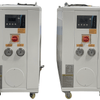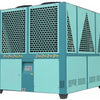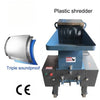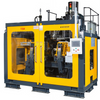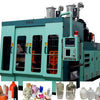Advanced 1.8-Liter Extrusion Blow Molding Machines: Design, Multi-Layer Capability, and High-Speed Industrial Applications
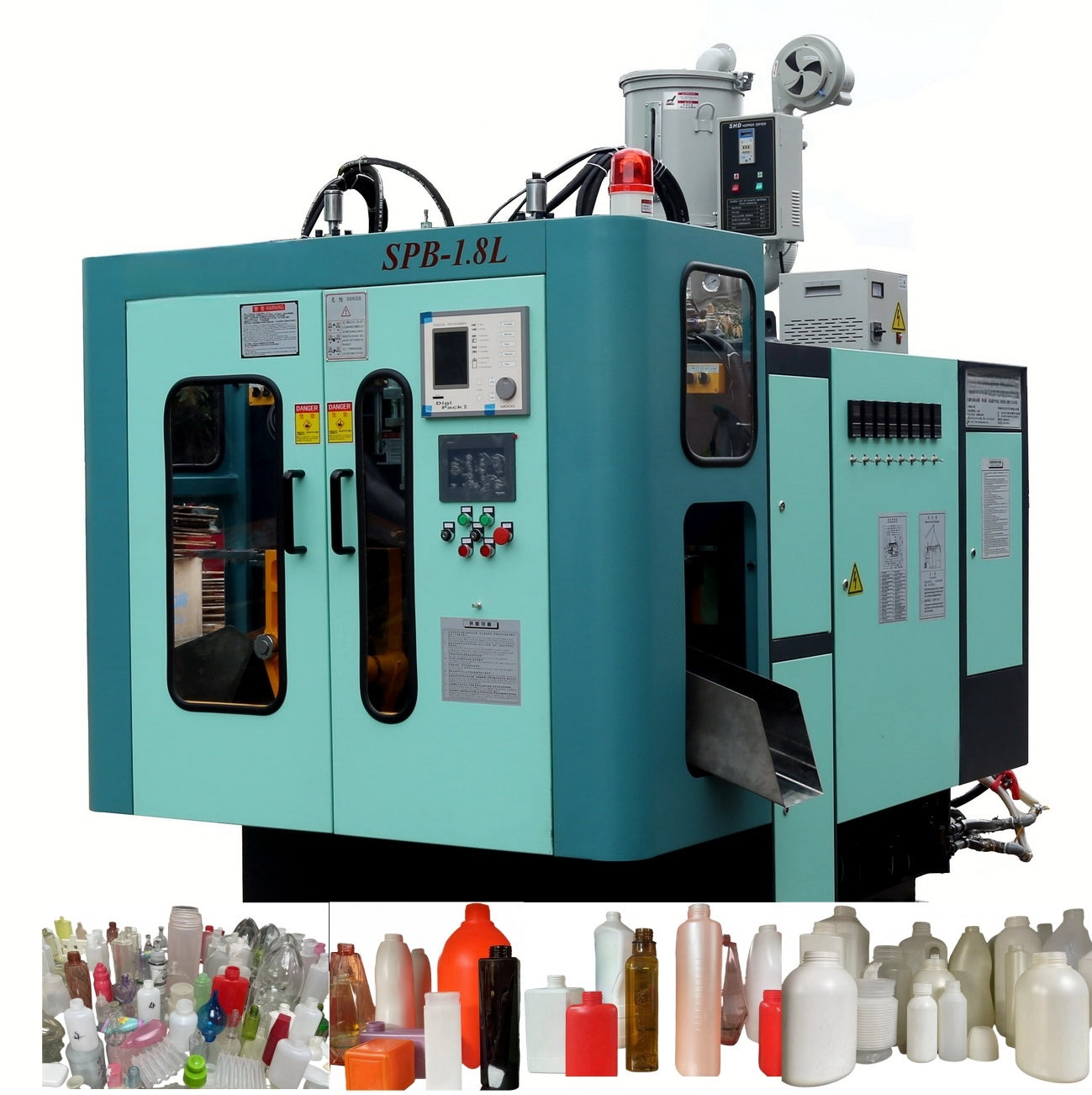
1. Introduction
The global packaging industry increasingly requires flexible, efficient, and sustainable production systems capable of handling diverse container volumes and material formulations. Among standardized sizes, the 1.8-liter (1800 mL) format has gained prominence for premium edible oils, cosmetic serums, household cleaners, and specialty chemical packaging. Unlike smaller bottles produced via injection stretch blow molding, 1.8L containers benefit from the seamless, stress-free construction of extrusion blow molding, which accommodates thicker walls, integrated handles, and multi-layer barrier structures.
Recent machine platforms, such as the SPB-1.8L, exemplify how compact EBM systems now deliver industrial-grade performance with minimal footprint—making them ideal for high-mix, low-to-medium volume production environments.
2. Machine Architecture and Core Subsystems
The SPB-1.8L extrusion blow molding machine (Dongguan JinJun Machinery, 2025) features a modular, high-efficiency design optimized for containers ranging from 2 mL to 1800 mL [1]. Key subsystems include:
-
Extrusion System:
- Compatible with a wide range of thermoplastics: PE, PP, PVC, PETG, PS, PC, TPU, ABS, PA, EVA
- Supports 1–6 layer co-extrusion for barrier, aesthetic, or functional properties (e.g., EVOH for oxygen resistance)
- Equipped with precision parison control systems for wall-thickness optimization
-
Clamping and Mold System:
- Horizontal toggle clamping with 3- or 4-tie-bar configurations
- Mold cavity options: 1 to 12 cavities per cycle
- Die head options: single to six heads, enabling parallel production
- Integrated in-mold labeling (IML) and view stripe capabilities for branding and content visibility
-
Drive and Energy System:
- Hybrid servo-hydraulic drive: Combines the high force of hydraulics with the precision and energy savings of electric servos
- Closed-loop proportional valves for smooth, responsive motion control
- Energy consumption reduced by up to 30% compared to conventional hydraulic systems
-
Automation and Post-Processing:
- Automatic deflashing and trimming
- Rotary neck cutting for precise finish
- Onboard granulator for flash recycling
- Conveyor integration and remote diagnostics via HMI
3. Production Performance
The SPB-1.8L achieves a daily output of 12,000 to 86,000 units, depending on cavity count, material, and cycle complexity [1]. Typical cycle times for a 1.8L HDPE bottle range from 6 to 10 seconds in dual-station mode, where one station extrudes while the other blows and cools—maximizing uptime.
Key performance metrics:
- Volume range: 0.1 L – 2.5 L (optimized for 0.2–1.8 L)
- Material throughput: Up to 100 kg/h (for HDPE)
- Repeatability: ±0.5% weight consistency
- Footprint: Compact design suitable for cleanrooms or limited factory space
4. Material and Application Flexibility
The machine’s compatibility with 10+ polymer types enables diverse applications:
| Material | Typical Application |
|---|---|
| HDPE/PP | Edible oil, detergent, shampoo bottles |
| PETG | High-clarity cosmetic and perfume containers (e.g., essential oils) |
| PVC | Medical fluid bottles, pharmaceutical packaging |
| Multi-layer (e.g., PE/EVOH/PE) | Oxygen-sensitive products (juices, agrochemicals) |
| TPU/PA | Flexible or high-barrier specialty containers |
The inclusion of view stripes—transparent vertical bands in otherwise opaque containers—enhances usability in consumer and industrial settings by allowing content level monitoring.
5. Advantages Over Competing Technologies
Compared to injection blow molding (IBM) or stretch blow molding (SBM), the 1.8L EBM offers:
- Lower tooling cost: No preform molds required
- Greater design freedom: Handles, grips, and complex geometries without draft limitations
- Multi-layer capability: Unmatched in IBM for large volumes
- Material versatility: Processes amorphous and semi-crystalline polymers alike
- Scalability: From single-cavity R&D to 12-cavity mass production on the same platform
6. Industry Applications
The SPB-1.8L serves multiple high-value sectors:
- Cosmetics: 1.5–1.8L serum or toner bottles with IML and PETG clarity
- Pharmaceuticals: Sterile, tamper-evident containers for liquid medications
- Food & Beverage: Premium cooking oil, vinegar, and syrup packaging
- Household Chemicals: Concentrated cleaners with chemical-resistant HDPE
- Industrial: Lubricant and reagent drums requiring multi-layer barrier protection
Its presence at events like CBE China Beauty Expo 2025 underscores its relevance in beauty and personal care packaging innovation [1].
7. Future Trends and Sustainability
Emerging directions for 1.8L EBM include:
- 100% recycled content processing (rHDPE, rPP) with melt filtration
- AI-driven process optimization using real-time vision feedback
- Digital twins for predictive maintenance and virtual commissioning
- Carbon footprint tracking integrated into machine control software
These align with global ESG (Environmental, Social, Governance) mandates and circular economy goals.
8. Conclusion
The 1.8-liter extrusion blow molding machine represents a convergence of compact design, material science, and digital automation. Platforms like the SPB-1.8L demonstrate how modern EBM systems deliver industrial robustness while supporting customization, sustainability, and high-speed output. As consumer and regulatory demands evolve, 1.8L EBM technology will remain a pivotal enabler of innovative, responsible, and economically viable plastic packaging.
-
Posted in
extrusion blow molding machine

